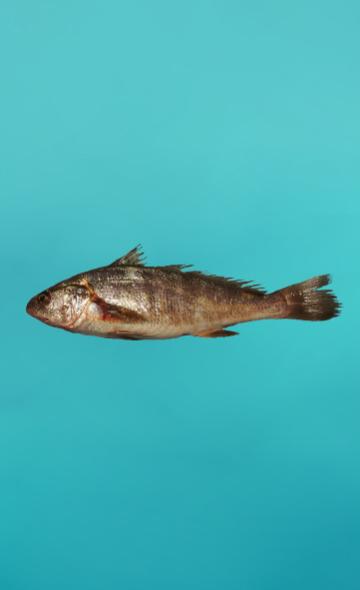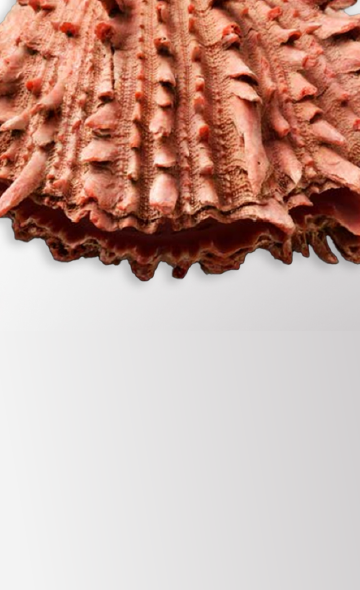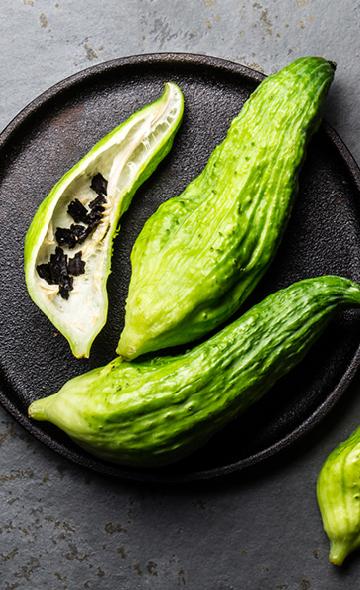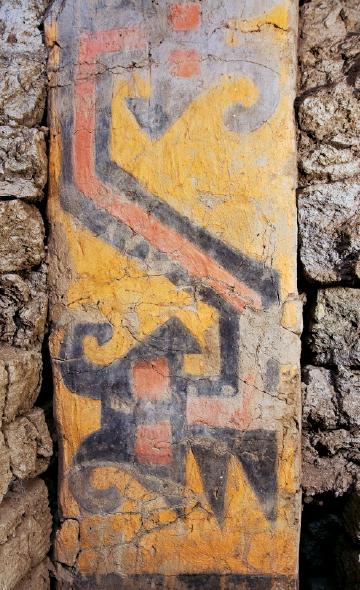- Visitors
- Researchers
- Students
- Community
- Information for the tourist
- Hours and fees
- How to get?
- Visitor Regulations
- Virtual tours
- Classic route
- Mystical route
- Specialized route
- Site museum
- Know the town
- Cultural Spaces
- Cao Museum
- Huaca Cao Viejo
- Huaca Prieta
- Huaca Cortada
- Ceremonial Well
- Walls
- Play at home
- Puzzle
- Trivia
- Memorize
- Crosswords
- Alphabet soup
- Crafts
- Pac-Man Moche
- Workshops and Inventory
- Micro-workshops
- Collections inventory
- News
- Students
- Andean Food Series: Suco (Peruvian banded croaker)
News
CategoriesSelect the category you want to see:
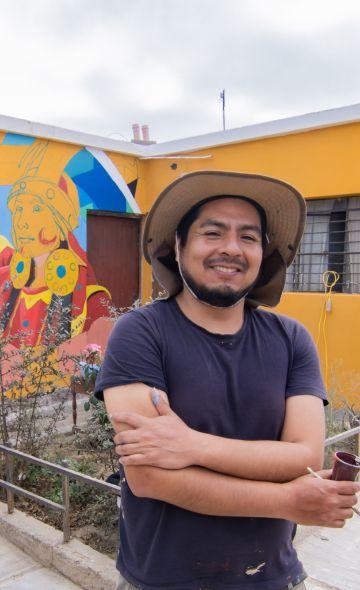
Magdalena de Cao to Once Again Host an International Mural Art Gathering ...
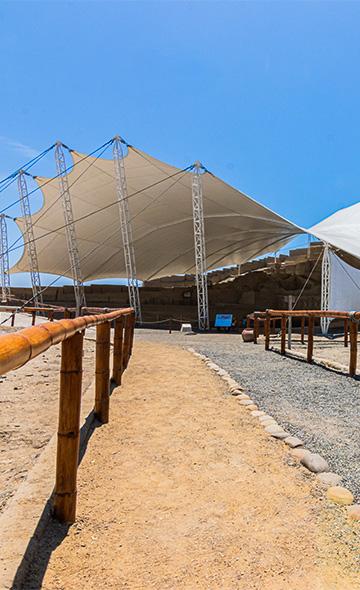
Explore El Brujo Through Virtual Tours: Culture and History at a Click ...
To receive new news.
By: Jose Ismael Alva Ch.
By: José Ismael Alva Ch.
Resident Archaeologist of the El Brujo Archaeological Complex | Wiese Foundation
The suco or coco (Paralonchurus peruanus) is a fish that inhabits the Southeastern Pacific Ocean, between the present countries of Peru and Chile. Join us to discover more about this species, its history of consumption and its nutritional properties.
Biological characteristics
Currently, suco is distributed in the area from Tumbes (Peru) to Arica (Chile). This area is influenced by the Humboldt Current, which is characterized by its cold waters and rich in phytoplankton and zooplankton, which favors a significant diversity of marine species. Suco usually lives in sandy, sandy-muddy bottoms and near estuaries. Adults can measure up to 45 cm (Melchorita Peru LNG n.d.; Pérez, Atoche-Suclupe, and Culquichicón 2020).
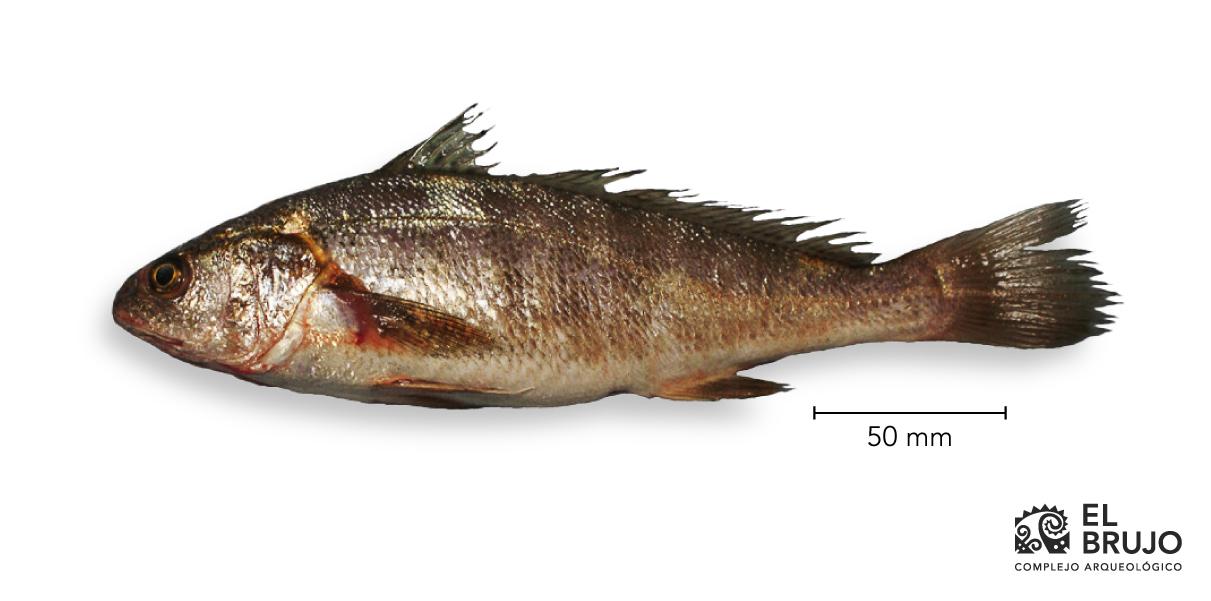
Figure 1. Suco or coco (Paralonchurus peruanus). Photo: Sea Institute of Peru (IMARPE).
Consumption in pre-Hispanic times
The oldest evidence of suco consumption is probably in the upper part of the Zaña Valley (Lambayeque). There, the remains of this fish seem to date between 9700 and 9200 BC (Dillehay 2011 cited in León 2013: 370). In the area of Pampa de los Fósiles, located between the valleys of Jequetepeque and Chicama (La Libertad), remains of suco dated around 6556 BC were discovered (Chauchat 1992, cited by León 2013: 360).
In the El Brujo Archaeological Complex, located on the coastline of the Chicama Valley (La Libertad), the oldest remains of suco were found in the first stages of human occupation in Huaca Prieta, between 6080 and 5887 BC (Dillehay 2017: 230).
For the Mochica period (200-800 AD), remains of suco have been recorded in architectural spaces of the urban area of Huaca de la Luna. These spaces were intended for the preparation of large quantities of food and drinks for ceremonial activities and banquets (Vásquez and Rosales 2006:283).
Subsequently, the consumption of suco appears in large quantities during the time of the Chimú. Excavations at the Chan Chan site (Moche Valley), El Pedregal and Pacatnamú (Jequetepeque Valley), show a strong preference for this fish in the diet of the peoples of this northern lordship (Pozorki 1979, Gumerman 1991 & Cutright 2009 cited in León 2013: 371-372).
Suco and gastronomy
In our gastronomy, suco is popularly used in the preparation of sudados (ragouts), a soup made with dressings. In this delicious dish, the suco is boiled until it reaches a smooth consistency and served accompanied by rice, potatoes, sweet potatoes or yucas. In addition, the traditional breakfast of Huanchaco inhabitants includes pieces of suco fried until crispy.
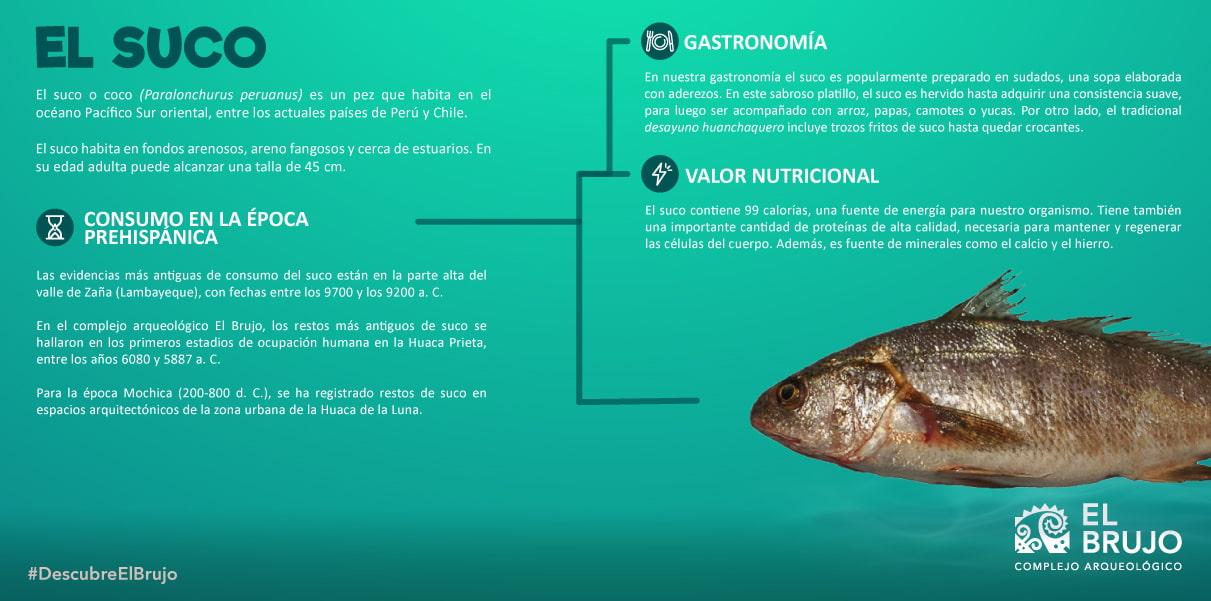
Nutritional values
Suco contains 99 calories, a source of energy for our body. It also has an important amount of high-quality proteins, necessary to maintain and regenerate the cells of the body. In addition, it is a source of minerals such as calcium and iron.
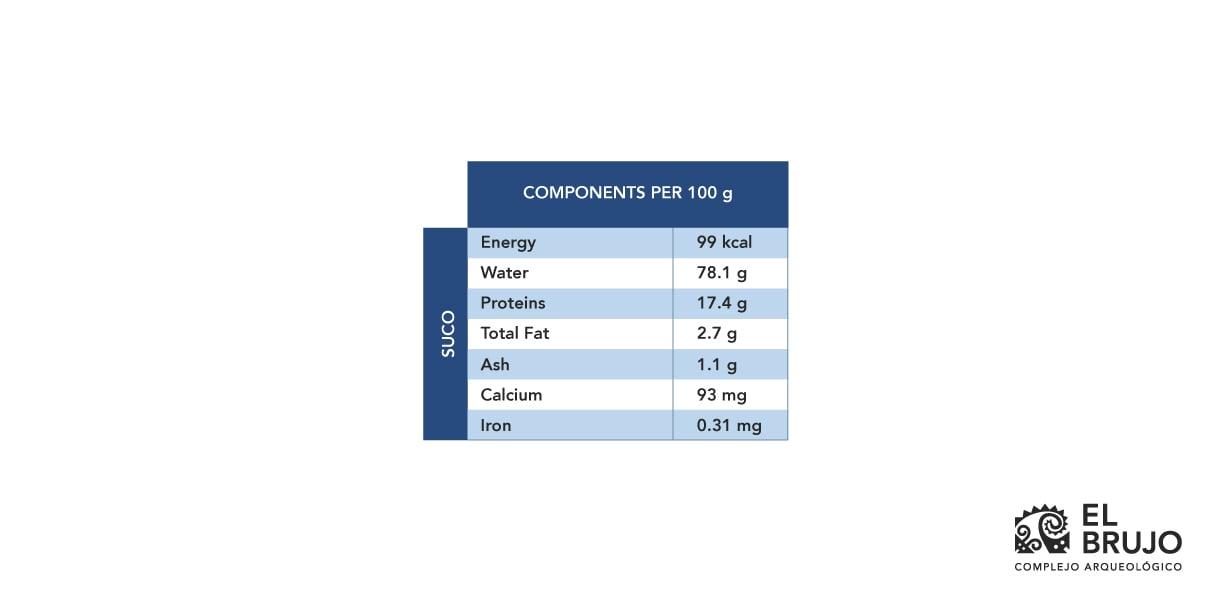
Table of nutritional value of suco in fresh state. Based on information published by the National Institute of Health (Reyes et al., 2017, pp. 42-43).
Bibliographic references
Dillehay, T. D. (Ed.). (2017). Where the Land Meets the Sea. Fourteen Millennia of Human History at Huaca Prieta, Peru. Texas University Press.
León, E. (2013). 14,000 years of food in Peru. Universidad de San Martín de Porres.
Pérez, L., Atoche-Suclupe, D. & Culquichicón, Z. (2020). Food and eating habits of Paralonchurus peruanus (Suco) from artisanal fishing, La Libertad region, 2016. Bulletin of the Sea Institute of Peru, vol. 35 (1), pp. 96-105.
Peru.com (2012). Prepare a delicious Yuca stuffed with Peruvian Sardine in Tomato Sauce. https://peru.com/estilo-de-vida/gastronomia/prepara-rica-yuca-rellena-sardina-peruana-salsa-tomate-noticia-58797/?ref=pcom
Reyes, M., Gómez-Sánchez, I., & Espinoza, C. (2017). Peruvian tables of food composition. Ministry of Health, National Institute of Health.
Vásquez, V., & Rosales, T. (2006). Analysis of Organic Remains (Zoological and Botanical) of CA-35 and CA-17, Moche Urban Zone—Huaca de la Luna. In S. Uceda & R. Morales (Eds.), Proyecto Arqueológico Huaca de la Luna. Technical Report 2005 (pp. 275-302). National University of Trujillo.
You can also read:
Students , outstanding news


